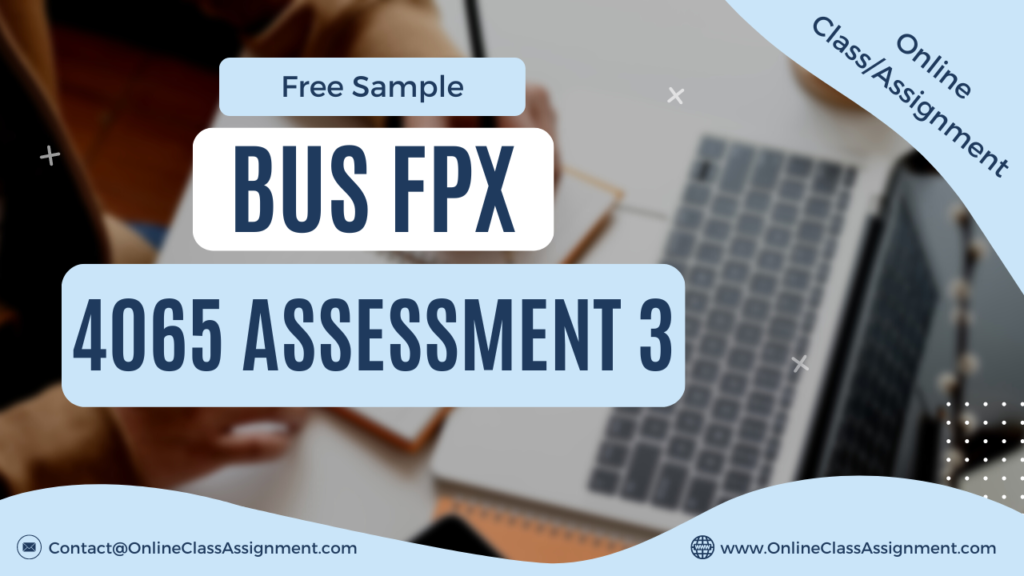BUS FPX 4065 Assessment 3 Inclusions, Exclusions and AGI

BUS FPX 4065 Assessment 3 Inclusions, Exclusions and AGI
Student Name
Capella University
BUS-FPX4065 Income Tax Concepts and Strategies
Prof. Name
Date
Completing 2021 Joint Tax Return for Mr. & Mrs. Weaver
To accurately complete the 2021 joint tax return for Mr. & Mrs. Weaver, various forms are necessary due to their unique financial circumstances. Factors such as Jacob Weaver’s ownership of a contracting business, Taylor Weaver’s part-time employment while attending school, and their three dependent children require careful consideration. Although their son, John, filed his own 1040 for his 2021 earnings, he can still be claimed as a dependent. Forms C and SE schedules were utilized to assess Mr. Weaver’s profit/loss and self-employment tax. A thorough combination of completed forms and schedules is essential to determine Mr. Weaver’s taxable income.
Initially, Mr. Weaver’s completed Schedule A assists in deciding whether to utilize the itemized deduction method or the standard deduction method for filing jointly with his wife. Furthermore, a Schedule 1 form provides insights into any additional income/adjustments, including John’s net profits from his completed Schedule SE, reflecting a self-employment tax of $11,103, which is entered on line 10 of the 1040 form. Mr. & Mrs. Weaver’s adjusted gross income (AGI) includes total wages, taxable interest from Schedule B, minus adjustments calculated with the completed Schedule 1.
Upon completing Schedule A, the Weavers can deduct $10,000 from their paid mortgage interest and property tax. However, deductions for new siding on the house are currently not applicable. In this scenario, itemized deductions prove advantageous over standard deductions when filing jointly. With allowable deductions for mortgage interest and real estate taxes, the Weavers benefit from the simplified method, claiming a $1,200 reduction in tax responsibility. This method involves comparing the total square footage of the home to the square footage of the office space used by Mr. Weaver for his business, resulting in a total allowable deduction of $1,200.
Form 8829 clarifies the deduction amount allowable for Mr. Weaver’s home office, totaling $1,096. However, the standard method calculation of $1,200 benefits Mr. Weaver more by reducing net profits. Form 8995, the Qualified Business Income Deduction Simplified Computation, proves beneficial for Mr. Weaver’s contracting business, likely qualifying him for business income deductions. For taxable income exceeding the limit on the tax table, calculations involve multiplying business income by 20%, comparing it with taxable income before any deductions multiplied by 20%, and entering the lower calculation on line 12 of the 1040 form.
BUS FPX 4065 Assessment 3 Inclusions, Exclusions and AGI
Multiple forms are required for claiming child/dependent tax expenses and the child tax credit. Schedule 8812 indicates that the Weavers qualify for a child tax credit of $6,000 but not additional child tax credits. They also receive a credit for childcare expenses, determined via Schedule 3 and form 2241. Each form’s accuracy is vital for precise calculations. For instance, self-employment tax from Schedule 2 is entered on Schedule SE, then calculated and entered on Schedule 1.
Afterward, net profits are multiplied by 92.35%, compared to wages subject to social security tax. The lesser amount is then multiplied by 12.4%, while wages are multiplied by 2.9%, added to the self-employment tax, and divided by 50% before entering the answer onto Schedule 1. Finally, completing Schedule B calculates the amount added to Mr. Weaver’s taxable income generated from bank interest. These forms enable Mr. Weaver to determine the maximum tax credit/reduction toward his business expenses.
According to the 1040 instructions tax table, further completion is necessary to determine if the Weavers qualify for a tax refund. Their income exceeding $100,000 places them in the income category of $172,750-$329,850 for filing jointly. This involves taking the amount from line 15 of the 1040 form, multiplying it by 24%, subtracting $11,958 (child tax credit from Schedule 8812 and self-employment tax from Schedule 2), and subtracting federal tax withheld, estimated tax payments, child tax credit, and Schedule 3’s line 15 amount from line 24’s total tax.
In this case, Mr. and Mrs. Weaver should anticipate receiving a refund for the year 2021.
References
IRS.gov. (n.d.). Form 8829, expenses for business use of your home. Retrieved from https://www.irs.gov/pub/irs-pdf/f8829.pdf
IRS.gov. (n.d.). Instructions for form 8829, expenses for business use of your home. Retrieved from https://www.irs.gov/pub/irs-pdf/i8829.pdf
IRS.gov. (n.d.). Qualified business income deduction simplified computation. Retrieved from https://www.irs.gov/pub/irs-pdf/f8995.pdf
IRS.gov. (n.d.). Instructions for form 8995, qualified business income deduction simplified computation. Retrieved from https://www.irs.gov/pub/irs-pdf/i8995.pdf
IRS.gov. (n.d.). Schedule B (form 1040), interest and ordinary dividends. Retrieved from https://www.irs.gov/pub/irs-pdf/f1040sb.pdf
IRS.gov. (n.d.). Schedule 2 (form 1040), additional taxes. Retrieved from https://www.irs.gov/pub/irs-pdf/f1040s2.pdf
IRS.gov. (n.d.). Schedule 3 (form 1040), additional credits and payments. Retrieved from https://www.irs.gov/pub/irs-pdf/f1040s3.pdf
BUS FPX 4065 Assessment 3 Inclusions, Exclusions and AGI
Get Capella University Free Business Samples
BUS FPX 3007
BUS FPX 3011
BUS FPX 3021
BUS FPX 3022
BUS FPX 3030
BUS FPX 3040
- BUS FPX 3040 Assessment 6 Labor Relations Recommendations
- BUS FPX 3040 Assessment 5 Employment Law
- BUS FPX 3040 Assessment 4 Compensation and Benefits
- BUS FPX 3040 Assessment 3 Retention and Separation
- BUS FPX 3040 Assessment 2 Performance Management and Training
- BUS FPX 3040 Assessment 1 Recruitment and Selection
BUS FPX 3050
BUS FPX 4012
